In a condenser microphone, the diaphragm is mounted close to, but not touching, a rigid backplate. (The plate may or may not have holes in it.) A battery is connected to both pieces of metal, which produces an electrical potential, or charge, between them. The amount of charge is determined by the voltage of the battery, the area of the diaphragm and backplate, and the distance between the two. This distance changes as the diaphragm moves in response to sound. When the distance changes, current flows in the wire as the battery maintains the correct charge. The amount of current is essentially proportioinal to the displacement of the diaphragm, and is so small that it must be electrically amplified before it leaves the microphone.
A common varient of this design uses a material with a permanently imprinted charge for the diaphragm. Such a material is called an electret and is usually a kind of plastic. (You often get a piece of plastic with a permanent charge on it when you unwrap a record. Most plastics conduct electricity when they are hot but are insulators when they cool.) Plastic is a pretty good material for making diaphragms since it can be dependably produced to fairly exact specifications. (Some popular dynamic microphones use plastic diaphragms.) The major disadvantage of electrets is that they lose their charge after a few years and cease to work.

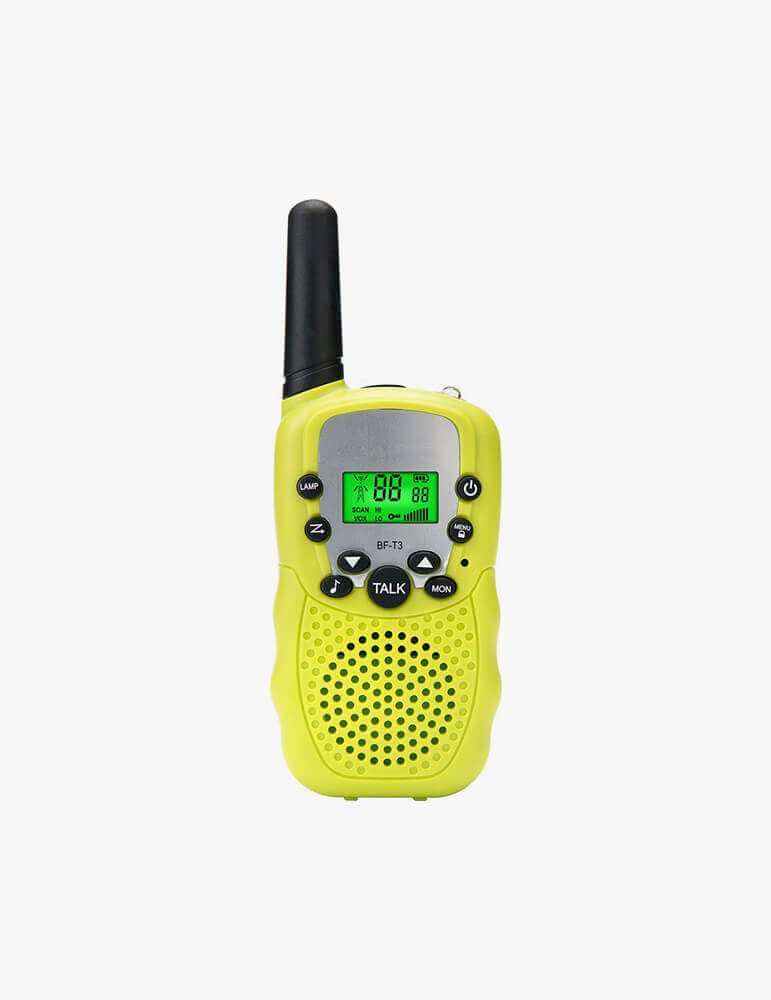


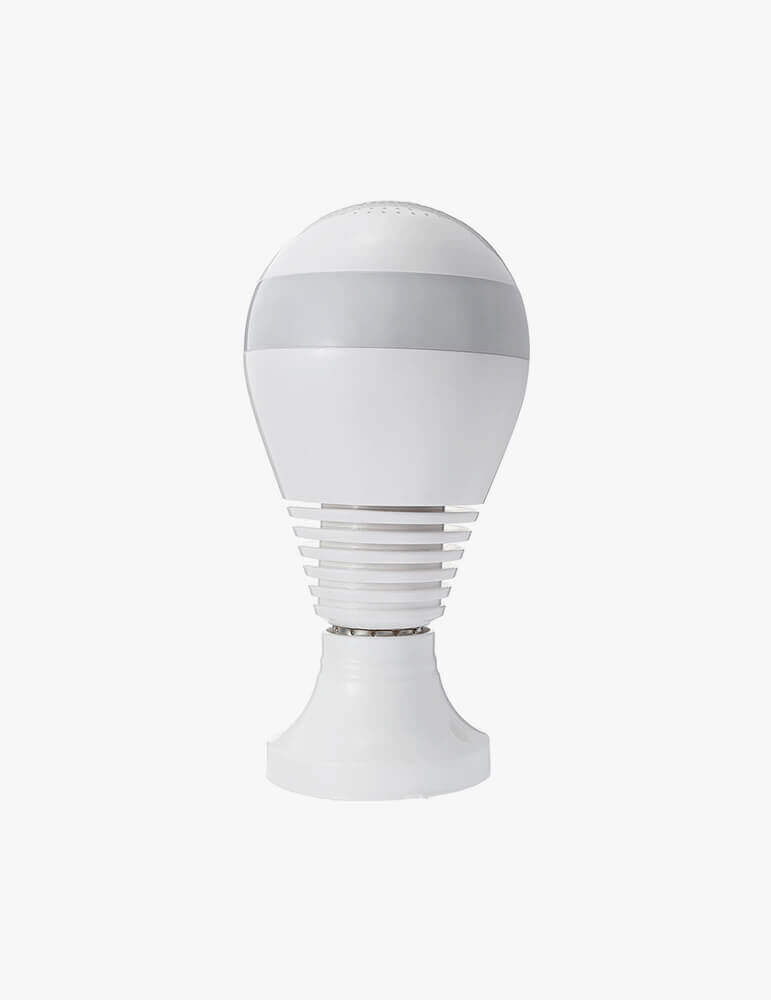


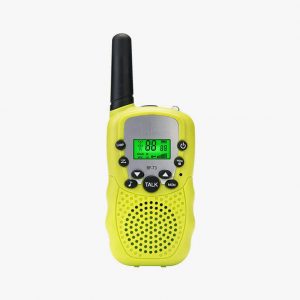


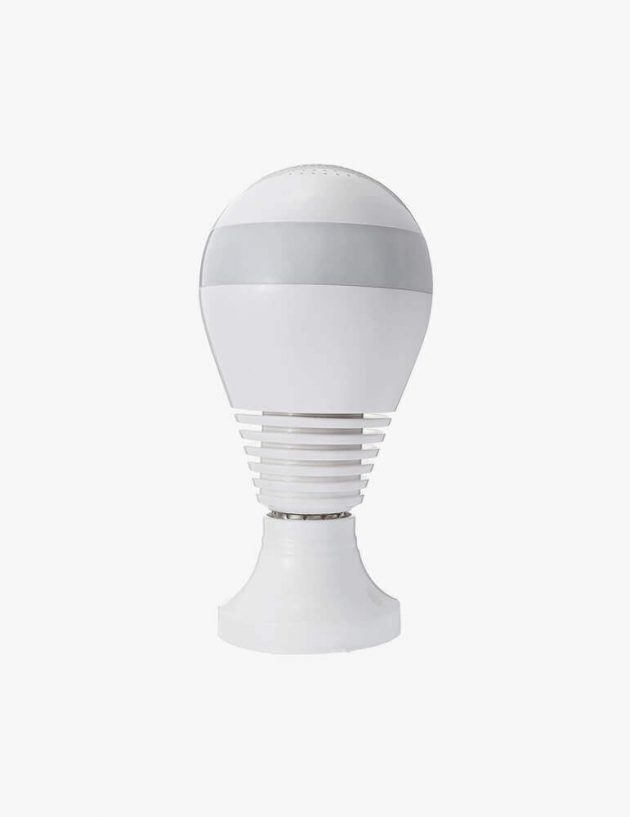





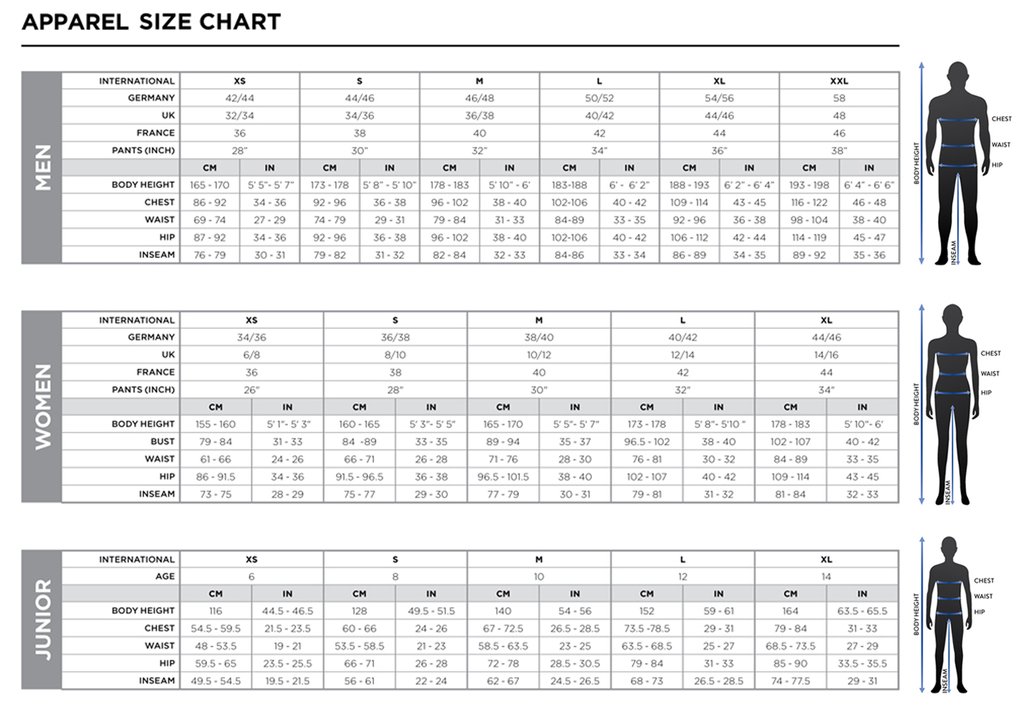





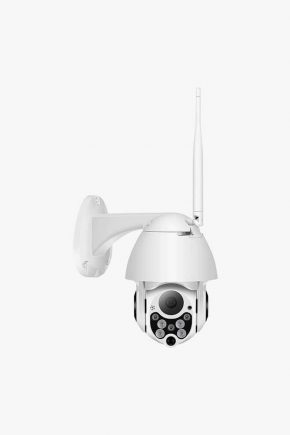



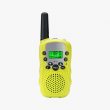

There are no reviews yet.